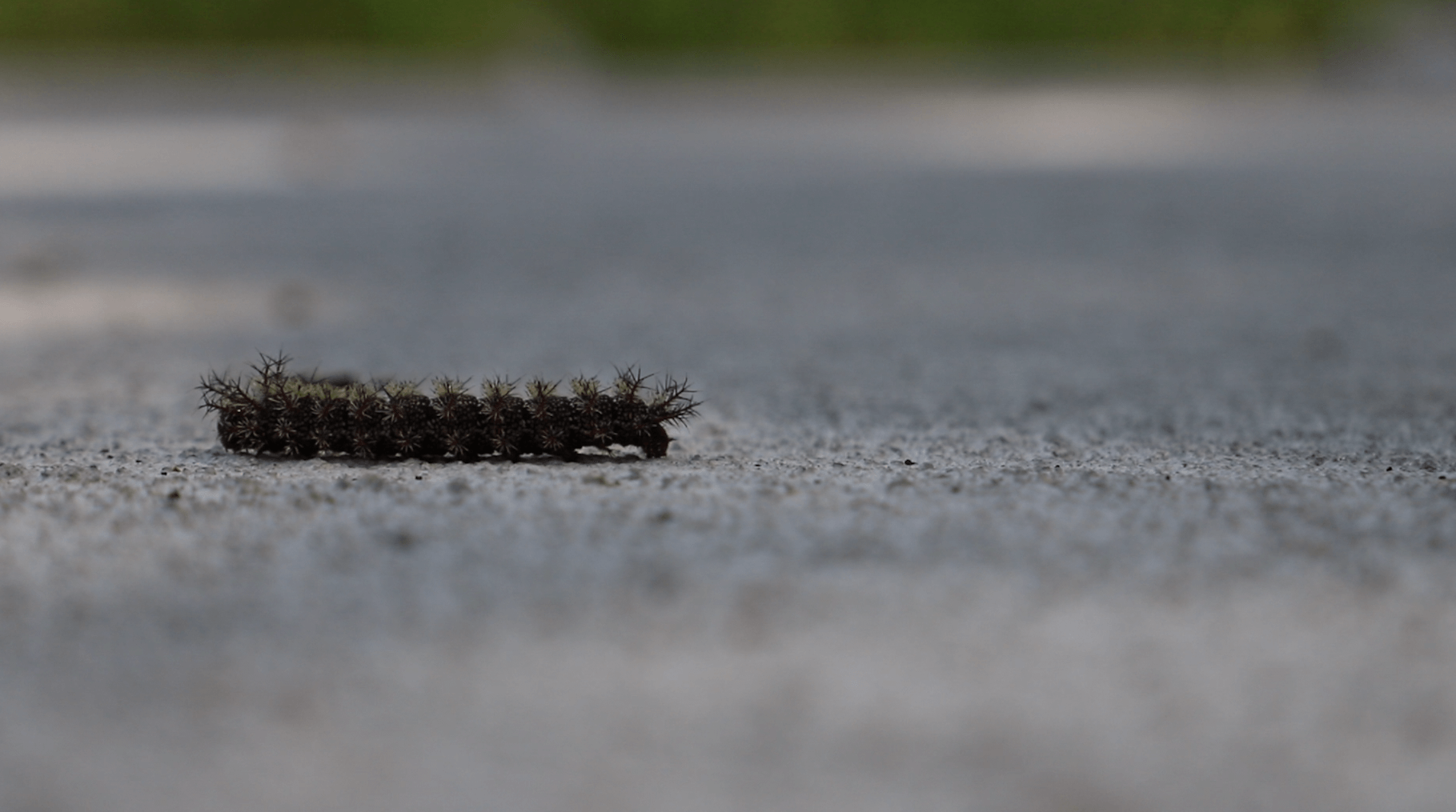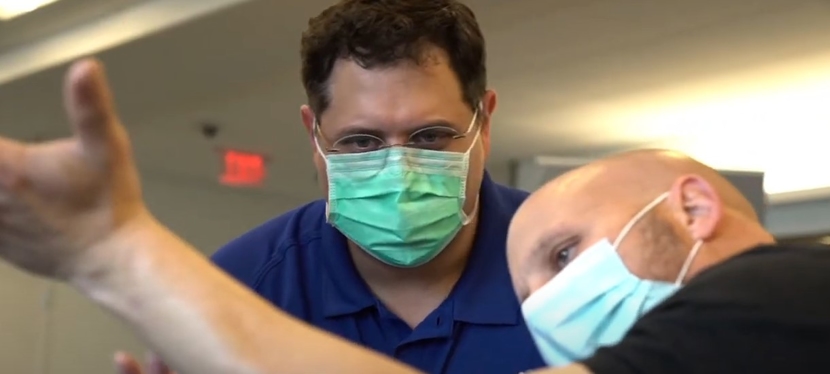Tis the Season: Treating Buck Moth Caterpillar Stings
- Category: News
- Posted On:
New Orleans, LA – Spring brings an abundance of welcome traditions … festivals, crawfish boils, end-of-school-year field trips, and more. Something spring also brings, but not quite so welcome, pesky buck moth caterpillars. Buck moths can be found anywhere outdoors, but they hang out mostly on the beloved oak trees that line city streets and area parks.
This caterpillar not only eats leaves on trees and shrubs, but it is a member of a small group of caterpillars whose skin is covered with stinging spines attached to venom glands, which if they touch your skin can cause a nasty rash and deliver a terrible sting inducing immediate pain, severe itching, swelling, and redness.

What is the best plan for treatment should you either step on or brush against one or a cluster, or have one of them fall from a tree landing on you?
Dr. Denise Goodfellow Kerut, M.D., FAAP, a pediatrician with Children’s Pediatrics River Ridge clinic offers advice for treatment for children and adults alike. “If one gets onto you or your child, gently and quickly remove it by flicking it off with a stick, pen, or credit card, not your bare hand,” says Dr. Kerut. “The hairs or spines are what stick into your skin and contain a toxin/ venom that causes the sting, burn, irritation, pain, swelling, and possible allergic reaction.”
According to Dr. Kendria Holt-Rogers, a Primary Care physician at University Medical Center New Orleans (University Medical Center) visible caterpillar spines should be removed in an effort to decrease the duration of symptoms. This can be accomplished either with forceps or stripping with tape. If the spines are not visible, they will usually free themselves after several days, she adds.
Both physicians advise that a person stung should apply an ice pack, then a paste of baking soda and water, followed by hydrocortisone cream.
“I also recommend an oral antihistamine, such as Benadryl if the sting is severe, and Ibuprofen can be given orally if it is needed for pain,” says Dr. Kerut. “And, always seek care from your pediatrician if you are concerned or the sting appears to be getting infected. If your child shows any signs of an allergic reaction seek immediate medical attention.”
“Avoidance is the best form of treatment,” says Dr. Holt-Rogers. “If you must go under oak trees this spring, think about wearing a wide-brimmed hat and clothing to cover and protect your skin from them falling onto you from the trees, and wear shoes outside to protect your feet from stepping onto them.”
And be careful if you are picnicking or relaxing under the oaks. The caterpillars can adhere to towels and linens unbeknownst to those enjoying the lovely spring temperatures, and strike hours later. On the market, as well, are booties especially designed for the canine set to protect their paws while they frolic in the grass.


